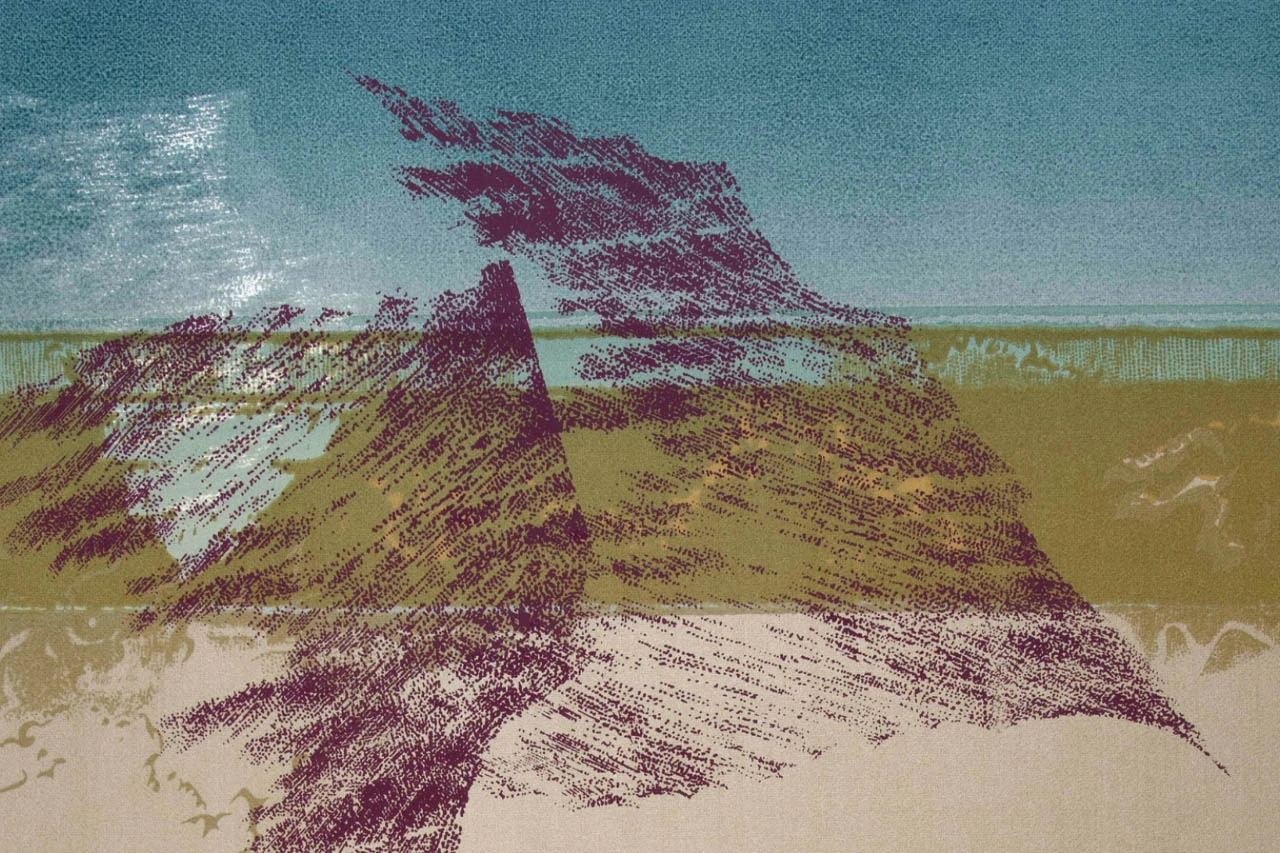This show brings together works on paper belonging to the collection of the Museu Judaico de São Paulo and donated by the authors themselves or their families, through Ruth Tarasantchi, one of the founders of the institution. She has been a pioneer in curating exhibitions that identify gaps in the history of mainstream art, such as it happened regarding the show Mulheres Pintoras [Women Painters], held in 2004 at the Pinacoteca do Estado de São Paulo, in which she highlighted the under-representation of women artists in Brazilian museum collections at a time when little attention was paid to gender equity in institutional collections. Besides being a curator, she is also a printmaker and, thus, in this opening panel, we highlight her plastic work and pay homage to the French immigrant Bertha Worms, studied by Ruth Tarasantchi as the first woman to be a professional painting teacher in São Paulo, in the early twentieth century.
The focus on works on paper aims to highlight the core of the collection in which women artists predominate quantitatively over men. The collection of artworks at the Museu Judaico de São Paulo was born with a balance between women and men. In the collection of works on paper, there are pieces by 37 women and 36 men. In this exhibition, we have gathered works made by 32 Jewish artists to highlight the importance of the presence of women in the core of this art collection.
The sets were organized according to categories of academic art, such as portraits, cities and landscapes, adding a group on abstractions and another on Jewish themes. There are prints that show the technical mastery resulting from long trajectories of studio work, collages with unusual elements, watercolors with a carefully composed coloring, and drawings with expressive gestural traces.
The relevance of women in the composition of this inaugural art collection indicates the Museum’s attention to a plural and inclusive history of art that brings together lesser-known artists and established authors.
Felipe Chaimovich
